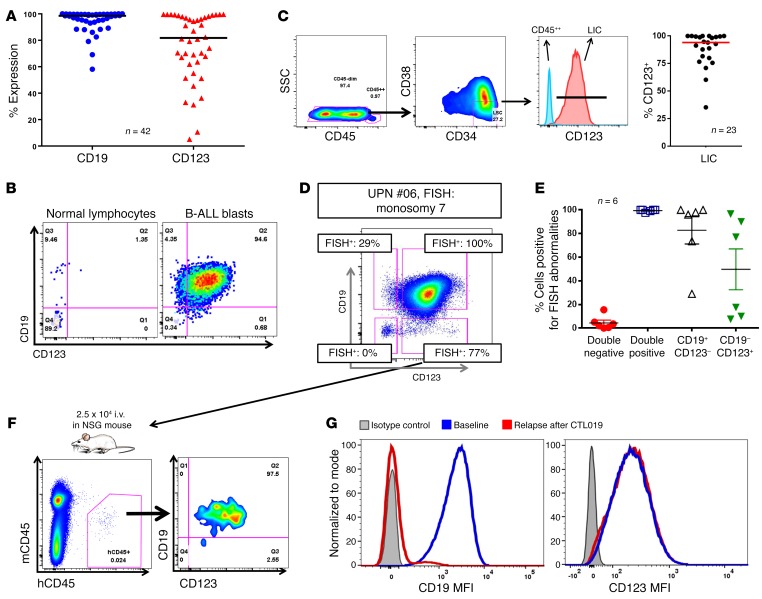Figure 1. CD123 is highly expressed in B-ALL, including the LIC and the CD19-negative relapses occurring after CD19-targeted immunotherapies.
(A) High expression of CD123 in 42 R/R B-ALL samples (gated on blasts: SSClo, single, live, CD45dim/neg). (B) CD123 and CD19 are typically coexpressed in B-ALL blasts, although minor CD19-negative and CD123-negative blasts can be detected at very low frequencies. (C) CD123 is expressed in the LIC compartment (red), defined as CD34+CD38– blasts (blue represents control CD45++ cells). RIght panel shows expression of CD123 in the ALL LIC of 23 B-ALL patients. (D) B-ALL blasts were sorted using a flow cytometry sorter, based on the expression of CD19 and CD123, obtaining 4 subsets: CD19+CD123–, CD19+CD123+, CD19–CD123–, and CD19–CD123+. These 4 subsets were highly pure and were analyzed by FISH for their specific genetic marker. Boxes indicate percentage of FISH-positive cells in each subset. Importantly, CD19–CD123+ blasts were positive in most cases. (E) The sorting experiment was repeated in a total of 6 B-ALL samples with different FISH abnormalities, and results were consistent. (F) Injection of sorted CD19-negative CD123-positive leukemic subpopulations into NSG mice led to reconstitution of the original B-ALL phenotype (BM, day 120), confirming this population’s LIC function (graph representative of 2 independent experiments each with 2 mice per group). (G) CD123 expression (MFI, mean fluorescence intensity) is maintained in CD19-negative B-ALL relapses occurring after CART19 (CTL019) treatment; representative case is shown. Gating is based on isotype control.

